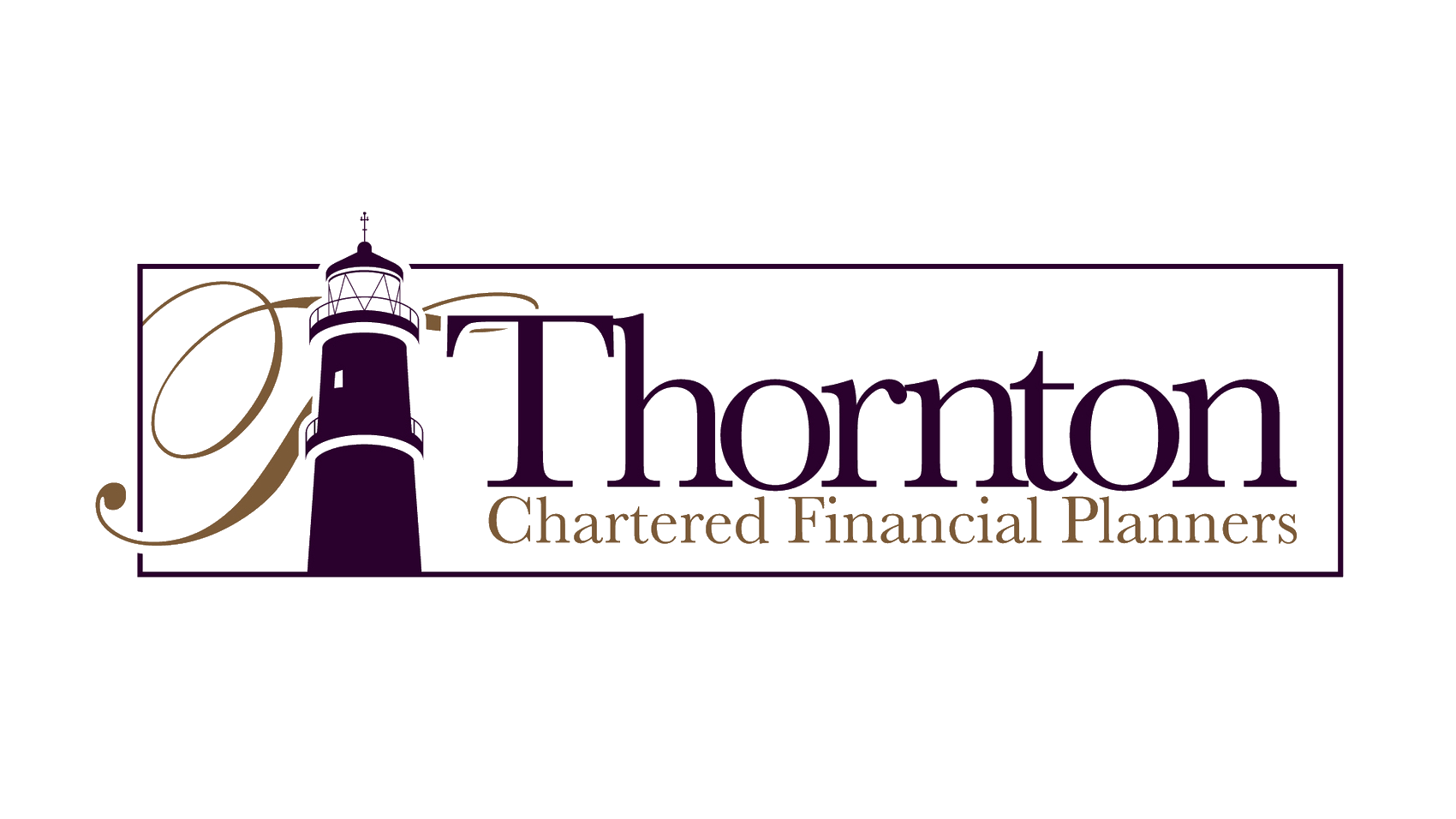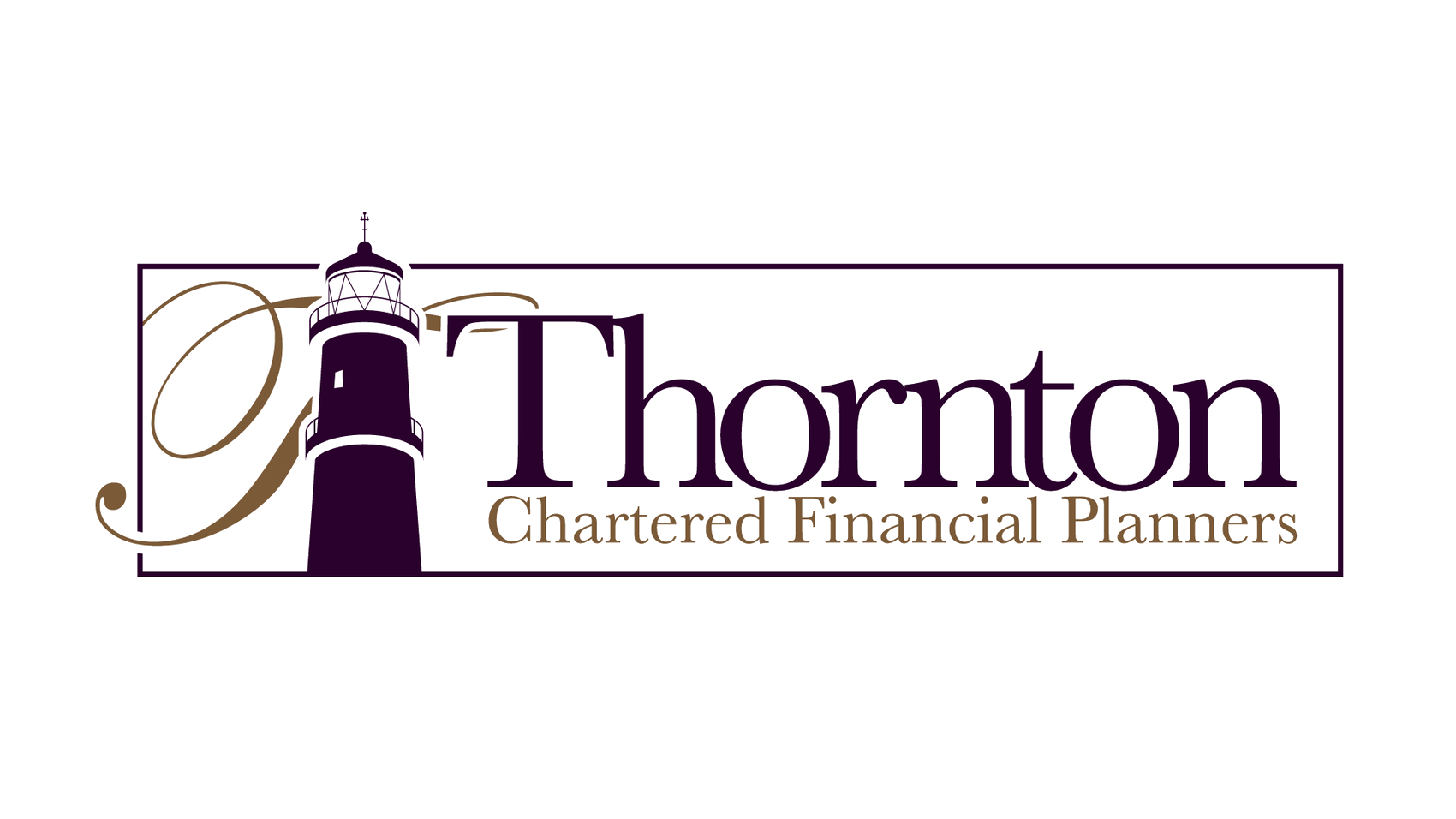This week, we have a guest piece for you. Quilter Cheviot Investment Manager Olly Smith has shared his analysis of the first quarter of the year.
The first three months of 2025 were something of a rollercoaster for investors in US equities. The first half of the quarter witnessed the continuation of market excitement at the incoming presidential administration’s likely pro-business, tax-cutting agenda, and US stock market indices continued to hit new all-time highs until the middle of February.
Since then, investors’ focus has shifted towards Trump’s tariff policies and the uncertainty engendered by the abrupt introductions and short-notice cancellations or postponements of levies on goods and nations. There are also possible signs of weakening consumer and business sentiment in the face of seemingly confusing tariff policies.
US equities retraced their gains for the year and ended March down 4.6% since the beginning of 2025. The dollar also slipped back by more than three per cent against the pound, so the net result for sterling-denominated investors was that US equities fell over 7% in the first quarter of 2025, after returns of more than 20% in each of 2023 and 2024.
Against a backdrop of two such strongly returning years for US stock markets, a dip of less than five per cent is unwelcome but should not necessarily be interpreted as a cause for panic. Indeed, profit-taking after such a healthy run is arguably quite a rational and healthy response, and US retail inflows into US stocks have remained in net positive territory.
We have also yet to see the warning signs that have shown up in a number of consumer surveys and business data appear in companies’ results. Given the higher quality of US businesses compared to their peers in developed markets elsewhere, as well as the proven ability of American companies to successfully navigate disruptive externalities during the post-COVID inflationary spike, we are not currently looking to meaningfully reduce allocations to US stock markets and would view the recent pullback as a buying opportunity.
Pleasingly, other stock markets have failed to follow US equities downwards, and so weakness within portfolios has largely been contained to that geography. European equities posted a healthy 7.5% return for the first quarter of 2025, driven by increased likelihood of higher defence spending and an expansion of German borrowing. The UK’s nearly 5% return has also helped to cushion some of the weakness in American stock markets.
Outside of risk assets, positive returns over the quarter have also been generated from the likes of conventional gilts, corporate bonds, and commercial property. This serves to demonstrate the importance of constructing a well-diversified portfolio both across and within a range of asset classes.
We always find that this is best achieved and tailored for clients’ circumstances by working closely with high-quality independent financial advisers. This ensures that any client preferences, goals, tax requirements, and appetites for risk can be best assessed, and investment implementation can optimally reflect these goals.
In terms of market outlook going forward, the uncertainty caused by the Trump administration’s tariff policies will likely linger until a clear trajectory is established. Markets and investors dislike uncertainty. Once the tariffs and any responses are implemented in full, and the recent sudden postponements, exceptions, and about-faces abate, the implications for businesses, profits, and economies more generally will be easier to assess and adapt to. Market pricing can then settle into a new era of higher trade barriers and tariffs.
For long-term investors, geopolitics often proves to be a lot of noise and headlines that must be looked through in order to focus on investing in high-quality assets at attractive prices. The interest rate narrative has been muddied and complicated by tariff news—since tariffs tend to be inflationary by increasing prices for consumer goods. But here again, any certainty from a more consistent tariff policy, however it ends up settling, will be helpful in re-assessing the likely direction of interest rates and the impacts on more rate-sensitive sectors.
Overall, a mixed start to 2025 is not causing us any undue concern and, at present, seems a far cry from other recent sell-offs such as at the start of the COVID-19 pandemic or the inflation- and interest rate-driven weakness in 2022—both of which businesses ended up navigating with remarkable resilience.
Important information:
Investors should remember that the value of investments, and the income from them, can go down as well as up, and that past performance is no guarantee of future returns. You may not recover what you invest. This document is not intended to constitute financial advice; investments referred to may not be suitable for all recipients. Any mention of a specific security should not be interpreted as a solicitation to buy or sell a security.
Regulatory information:
Quilter Cheviot and Quilter Cheviot Investment Management are trading names of Quilter Cheviot Limited. Quilter Cheviot Limited is registered in England and Wales with number 01923571. Registered office: Senator House, 85 Queen Victoria Street, London, EC4V 4AB. Quilter Cheviot Limited is a member of the London Stock Exchange and authorised and regulated by the UK Financial Conduct Authority, and is an approved Financial Services Provider by the Financial Sector Conduct Authority in South Africa.


